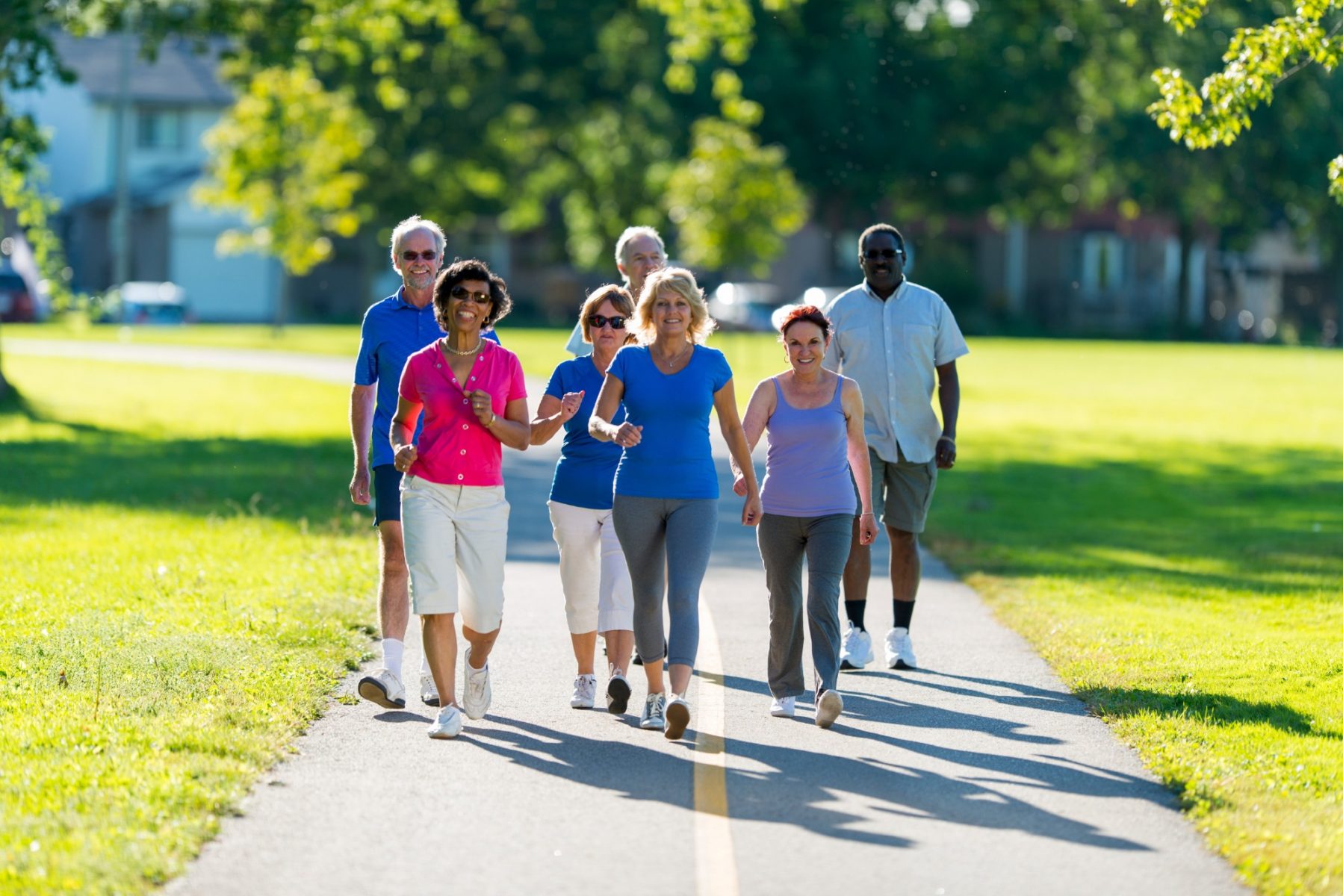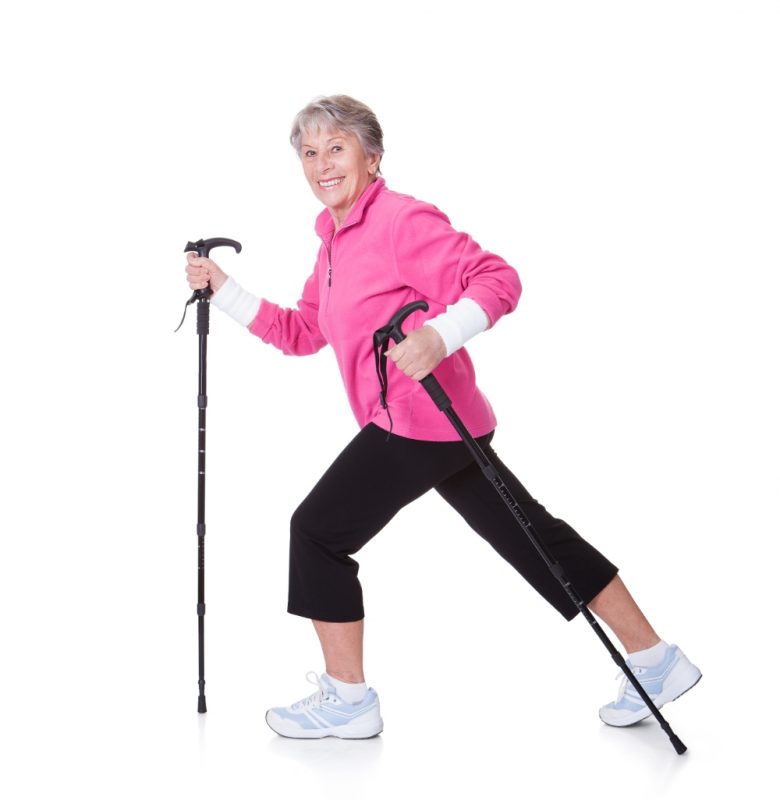
The daily walk is a favorite activity for people everywhere, an opportunity to step into the fresh air, share a conversation or spend some time with our own thoughts. In addition to breaking up the day by spending time outside, the medical benefits of walking are well proven and continue to grow.
Why Walking Makes Everyday Sense
The benefits of walking stretch far and wide. A daily stroll can help us maintain a healthy weight, improve our hearts and strengthen our muscles among other physical pluses. When we walk, we also feel an increase in our energy throughout the day and an improvement to our moods by a reduction in stress and tension. Among all the varieties of exercise, walking offers the most consistently positive outcome.
A 2021 article from Harvard Health Publishing details other impressive, if lesser known, benefits of walking. The Harvard study found that among 12,000 people with 32 obesity-promoting genes, these genes were cut in half by those individuals who walked briskly for an hour every day. According to the article, walking also reduces our desire for sugar, reduces the risk of developing breast cancer, eases joint pain and increases our immune systems.
Learning to Walk All Over Again
Like practicing other physical exercises, walking improves with repetition as our pace quickens and our legs gain flexibility and strength. The Mayo Clinic recommends we review our technique to get the most out of our daily walk. Try walking with your head held high and make sure your neck, shoulders and back are relaxed as you stroll. If you’re up for it, pump your arms with slightly bent elbows to increase breathing and circulation. Keep a straight back, and try tightening your stomach. Stepping from heel to toe also leads to a more efficient gait.
Treat Walking as Exercise
Many of us don’t prepare physically to go for a walk; we just toss on some shoes and head out the door. However, we’ll walk longer and more healthfully if we plan for our walk as if we are about to play a sport. One reason walking is so good for us is because it produces a positive effect on our entire bodies. It’s important to prepare our bodies by stretching to loosen tendons and muscles from the bottom of our feet to our necks. The Arthritis Foundation has issued an excellent “Stretching Basics for Walking” article.
The article recommends four key stretches to begin. The hamstring and ankle stretches require sitting on the front edge of a chair with one leg extended, elevating the toes and gently leaning forward. To stretch the calf, stand up, hold the chair back, put one leg forward and the other back, slightly bend the front knee and lean forward. Continue holding onto the chair for the groin stretch. Stand with legs slightly wide, point one foot 45 degrees then lunge without allowing the knee to go past the toes. Be sure to repeat each stretch on the other leg. Finally, hold the chair and gently swing one leg in front of the other. Again, change leg position and repeat the action. And remember, it’s just as important to stretch after walking or any exercise as it is before the activity.
More Key Tips For Getting Your Steps In
Walking is exercise, and like with any activity, it’s important to be prepared. Start with selecting the proper supportive footwear, choosing a flat path that is smooth and free of debris and walking with a partner. Be sure to carry a cell phone, especially if it’s a solo walk. Always prepare for the elements or a change in the weather by wearing the proper clothing. And remember, pain, dizziness or other discomforts mean stop walking immediately and seek expert advice.
Coming up: proper gear and favorite area trails.
